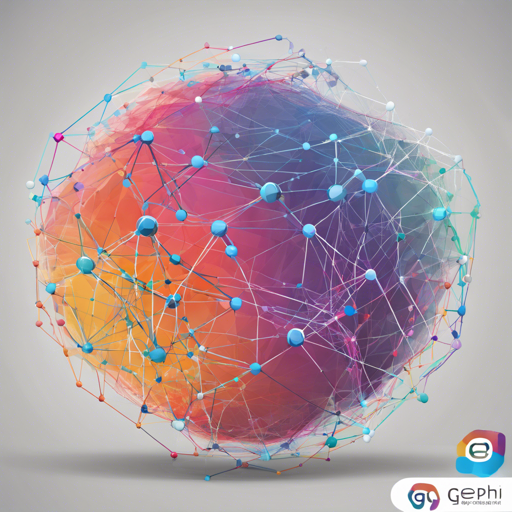Welcome to your introduction to Gephi, an award-winning open-source platform designed for visualizing, manipulating, and analyzing large graphs. Whether you’re running Windows, Mac OS X, or Linux, Gephi makes graph visualization as simple as pie!
Why Choose Gephi?
Gephi stands out for its:
- Speed: Thanks to its built-in OpenGL engine, Gephi can handle networks with up to a million elements, all while running actions in real-time.
- User-Friendly Interface: Think of it as the Photoshop™ for graphs. Its UI is designed for seamless visualization and manipulating of data.
- Modularity: The platform is extensible through plug-ins, built on the Apache Netbeans Platform, which means you can easily add new features or tools.
Installing Gephi
To get started using Gephi, follow these steps:
- Download Gephi for your operating system from the official page.
- Install the downloaded package according to your OS instructions.
- Go through the Quick Start guide to understand the basics.
- Load a sample dataset and start experimenting with your graph data.
Exploring Gephi’s Features
Once Gephi is installed, you’ll find various options to help you visualize and manipulate your data:
- Layouts: You can apply different layouts to optimize the visualization of your graphs.
- Filters: Use filters to focus on specific aspects of your data.
- Statistics: Analyze your graphs to derive meaningful insights.
Building Your Own Plug-ins
One of the coolest aspects of Gephi is its extensibility. You can create your own plug-ins to enhance functionality. Here’s how you can do that:
- Make sure you have Apache Maven version 3.6.3 or later installed.
- Fork the Gephi repository and clone it:
- Run:
- Test your built plug-in by running the command:
git clone git@github.com:yourusername/gephi.gitmvn -T 4 clean installcd modules/application && mvn nbm:cluster-app nbm:run-platformTroubleshooting Common Issues
If you encounter any issues while using Gephi, consider the following troubleshooting tips:
- Ensure you have the correct version of Java JDK installed (version 11 or later).
- Check that you’re running a compatible version of Apache Maven.
- If you experience problems, consult the discussions page for help.
For more insights, updates, or to collaborate on AI development projects, stay connected with fxis.ai.
Conclusion
At fxis.ai, we believe that such advancements are crucial for the future of AI, as they enable more comprehensive and effective solutions. Our team is continually exploring new methodologies to push the envelope in artificial intelligence, ensuring that our clients benefit from the latest technological innovations.
Want to Dive Deeper?
Now that you know how to install and start using Gephi effectively, you’re ready to explore the world of graph visualization. With its myriad of features and extensive customization options, Gephi is poised to become an indispensable tool in your data analysis toolkit. Happy graphing!

